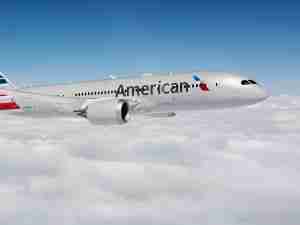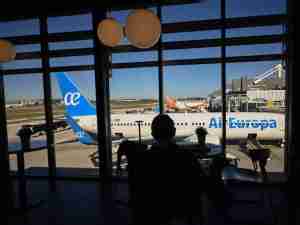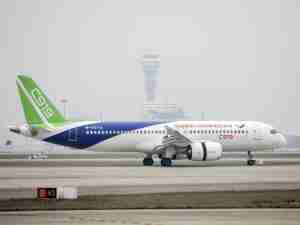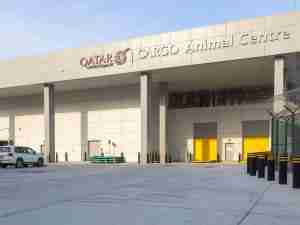US investigators are looking into another incident involving Boeing Co.’s 737 Max airliner, a case in which the plane’s rudder system malfunctioned as pilots were landing.
Pilots on a United Airlines Holdings Inc. 737 Max 8 said the pedals that control the rudder, a key device to help maneuver a plane, became stuck as they touched down at Newark Liberty International Airport on Feb. 6, the National Transportation Safety Board said in a preliminary report Thursday.
The incident is the latest involving Boeing’s top-selling jetliner, which was grounded worldwide in 2019 following the second of two fatal crashes that killed 346 people. Earlier this year, a panel covering an unused door on a 737 Max 9 blew open in flight, apparently because it wasn’t properly attached at a Boeing factory during final assembly, according to preliminary NTSB findings.
Boeing had no immediate comment.
After the United flight carrying 155 passengers and six crew members landed, the pilots said the rudder pedals wouldn’t move, according to the NTSB report. The rudder is normally used to steer on the runway until a plane slows to taxi speeds. No one was injured.
Three days later, United pilots conducted a test flight on the plane and its rudder again became stuck, the NTSB said. The airline notified investigators after the second failure. Data captured by the jet’s flight recorder verified the failures, NTSB said.
An initial examination was unable to find any “obvious malfunctions” on the rudder system. But tests on the equipment in a lab to simulate the low temperatures at high altitude showed that could prompt a failure.
The NTSB is conducting additional examinations, it said.
After rudder-control components were replaced on the United plane, it has performed without problems in tests, the NTSB said.
The issue that occurred in February isn’t specific to the Max, Boeing’s latest 737 model, said a person familiar with the history, who asked not to be identified discussing an ongoing investigation. It has occurred twice before on earlier versions of the 737 and is extremely rare, the person said.
A separate rudder issue on earlier 737 models caused two fatal crashes in the 1990s killing 157 people. In those cases, the NTSB found that a rarely occurring failure could cause the rudder to swing aggressively to one side, making the planes difficult to control. The issue identified then prompted a redesign of the part, and there’s no indication that problem has returned.
In late December, the FAA said separately it was monitoring inspections of Max planes to look for loose bolts in the rudder control system, after one operator found a bolt with a missing nut. The planemaker subsequently found an improperly tightened nut on an undelivered aircraft.











